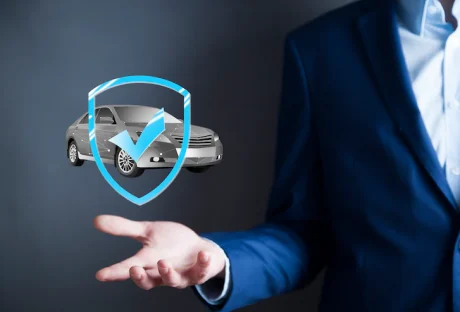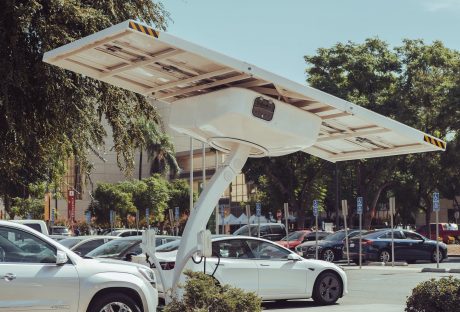You buy a car to drive it and then someone tells you that rather than driving it to your new home, it should be transported. What sense does it make to spend money on getting someone to transport a vehicle when you can drive it to just about anywhere in the world?
Seven Great Reasons to Use a Car Transportation Company:
There are lots of reasons people use transportation companies for the logistic process of moving vehicles from one destination to another. Let’s take a look at some of them.
1. Transport multiple vehicles:
Most families these days have more than one vehicle. It can be much easier to get a transport company to move your vehicles rather than you trying to transport both to a new location, especially if it involves putting them on a boat to get to a different country or territory. If you have many cars, for example, you are a collector, getting your car transported by transport company will give you peace of mind and facilitate the process of moving everything you love to your new home.
2. Car transportation companies are quick:
All you need to do in order to get your cars moved is to sort out pick up and drop off points, arrange dates, and you are ready to go. Most companies will give you a quote over the phone, and they will explain any import-export taxes that will be involved in the process. The companies will be able to move your vehicle fast as they will have opened routes and bookings on shipping companies, and therefore will have more access to availability than if you’re doing it on your own.
3. Insured transportation:
When you choose a logistics business to transport your cars you can be assured that there is insurance coverage contained within the price. The company will no what needs to be insured in order to ensure that you have full coverage from any eventuality along the way.
4. Less wear and tear:
When you are driving your car over long distances, such as across Australia and to New Zealand, or from New Zealand is to the other side of Australia, you’ll put a lot of miles on the clock. If you ship the car it will be sat in a closed trailer, or an open trailer, but it will be safe from weather, dust, and won’t have all of the accumulated miles of traveling it over potentially thousands of miles.
5. It’s really convenient:
Car transportation companies can pick up a car from your home, and drop it to your new home at your target destination. You need to read some reviews and make sure that the company that you’re choosing is fast, reliable and competent, but after that, you can pretty much leave it to them. It makes life easier.
6. Shipping through the year:
Most transportation companies will work 365 days a year. They will be available to answer your questions and deal with any worries at any time. They also tend to have extended opening hours enabling you to talk to them outside office hours. This can make things even more convenient and can mean you can move whenever you want.
7. Transporting your car can actually be cheaper than driving it:
The price of your car transport process will depend on the size and weight of the vehicle, and any specifics of pick up and drop off. With the cost of petrol factored into a long journey, you could actually save money by shipping your vehicle against driving it, putting it on a ferry and paying for that, paying any road tolls, and paying for overnight accommodation as you travel if you are having to take a break along the way. If you factor in the cost as a whole then you may be surprised that car transportation is the more stress-free and even cheaper option.
Car transportation companies can make life easier. Just make sure that you choose a company that has experience along the route that you are moving so that you can be sure that they can take care of any import duties, can go through clearance at the destination, and that they have the insurance and experience to complete the job.
Read More:




















